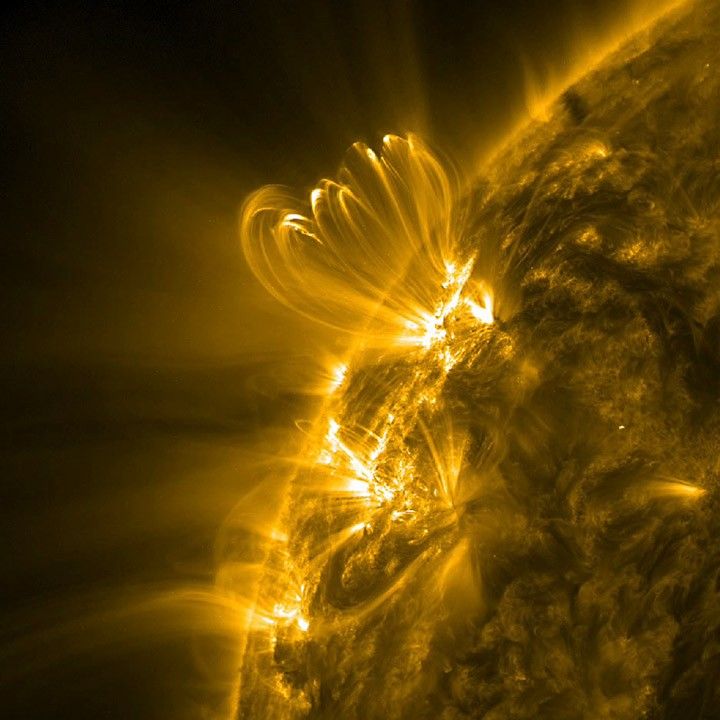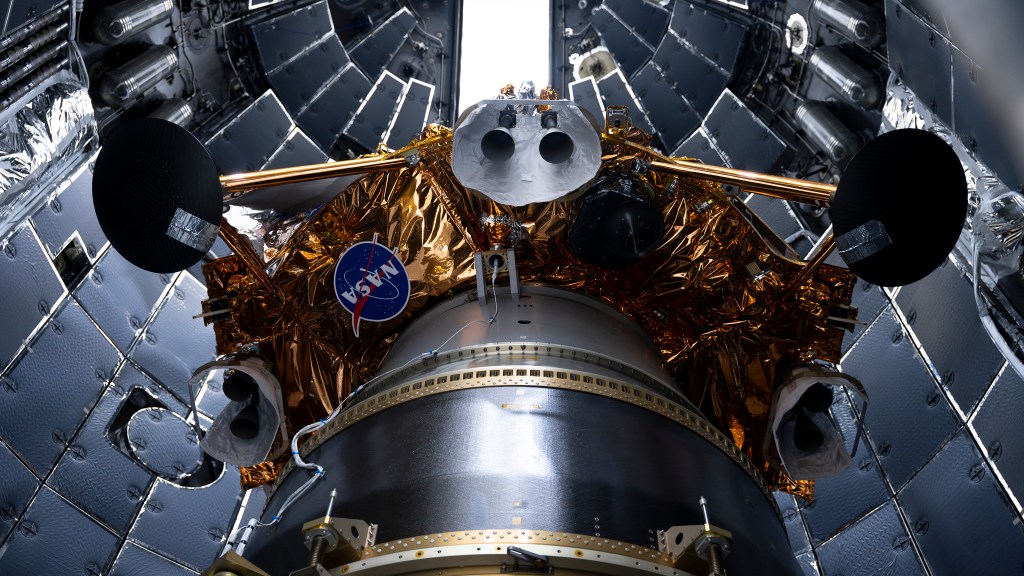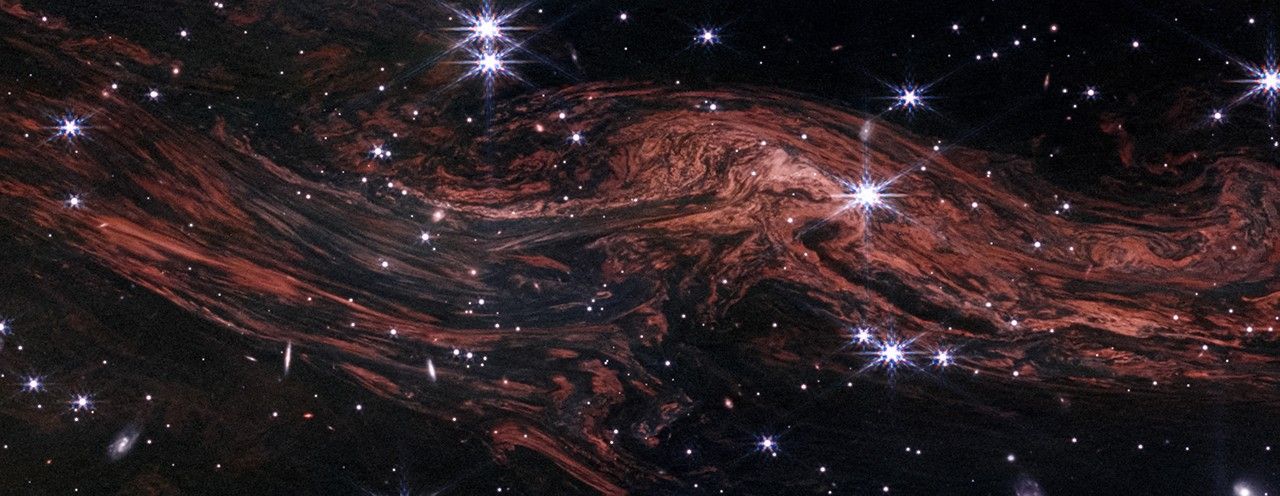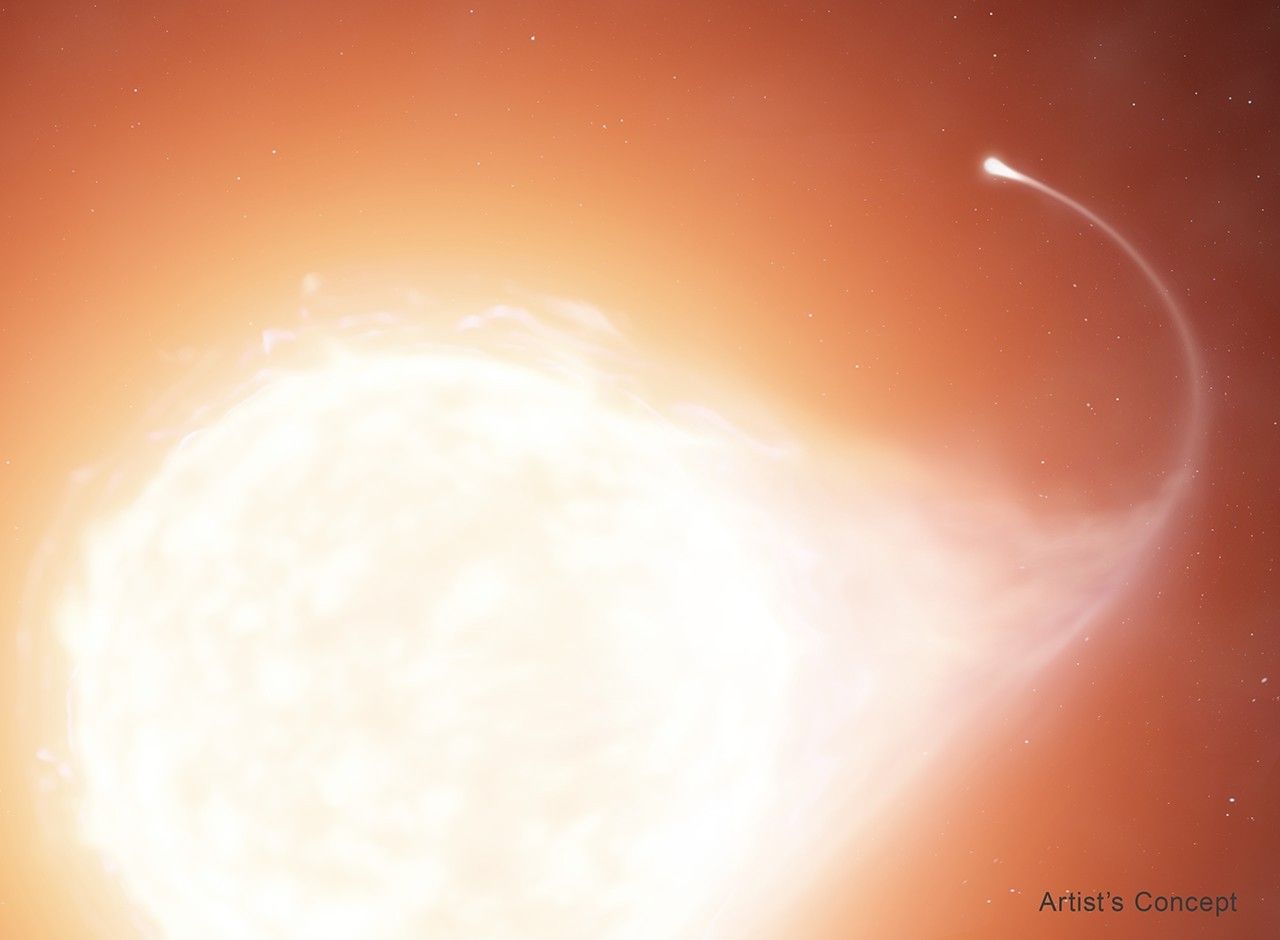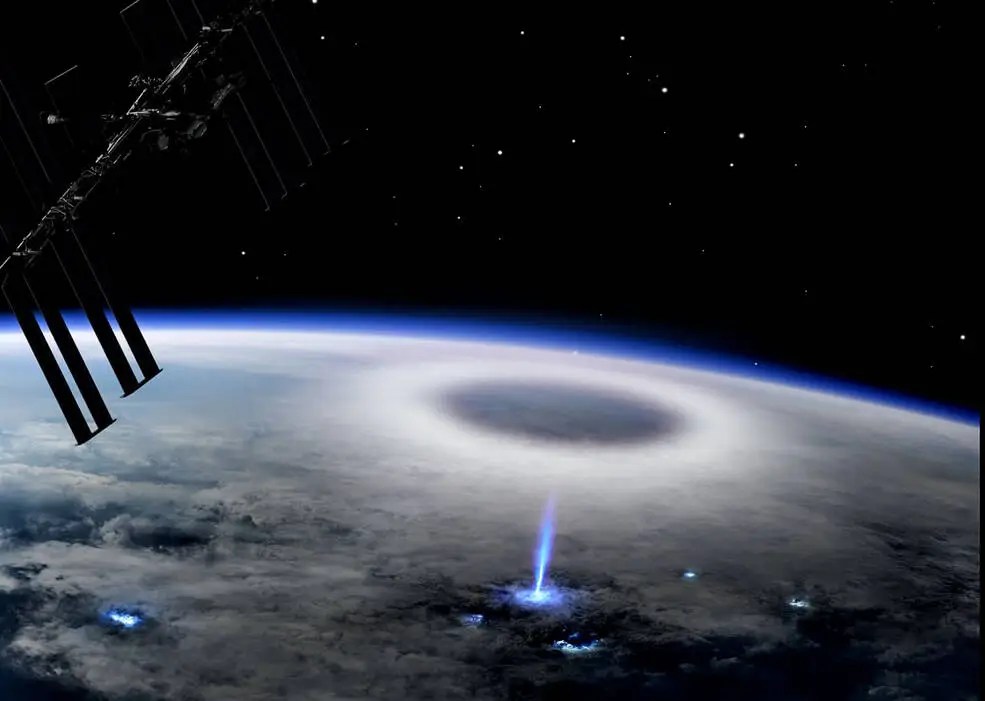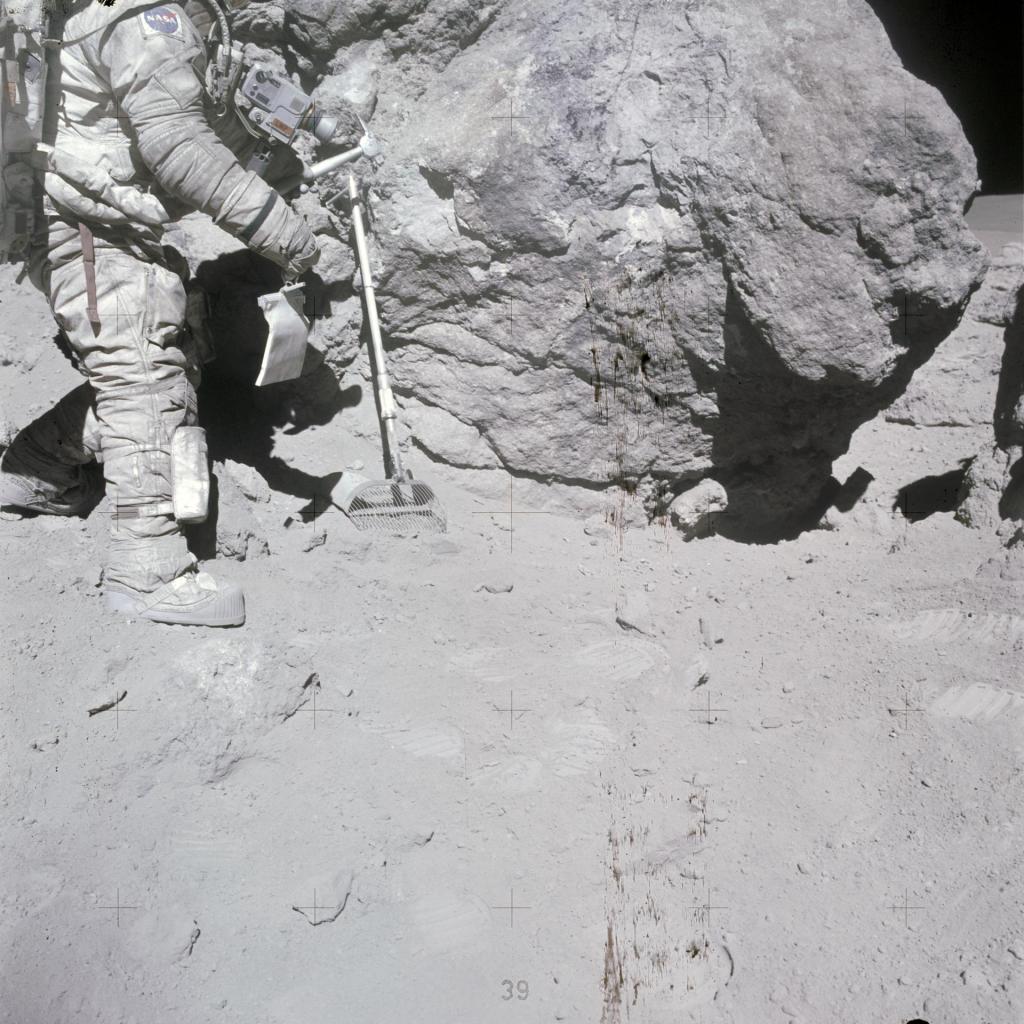The Next Generation Life Support project develops technologies needed for humans to live and work safely and productively in space.
Note: Please note that this is an “archived project” and is no longer updated. This article is meant for historical purposes only.
The Next Generation Life Support (NGLS) project is developing new technologies to enable critical capabilities for Environmental Control and Life Support (ECLS) and Extravehicular Activity (EVA) required to extend human presence beyond low Earth orbit into the solar system. The selected technologies within each of these areas are focused on increasing safety, performance, affordability and vehicle self-sufficiency while decreasing requirements for consumables and other vehicle resources, including mass, volume and power. The primary project goal is to advance the maturity of candidate technologies and infuse them into Advanced Exploration Systems (AES) and International Space Station (ISS) projects for eventual flight demonstration and utilization.
Long duration human exploration missions beyond low-Earth orbit will require highly robust, reliable, and maintainable life support systems that maximize recycling of water and oxygen to eliminate the considerable mass and logistics issues that accompany open-loop systems where these resources are treated as consumables. The state of the art ECLS systems on the ISS are only partially closed and require frequent resupply. The ISS uses Sabatier technology to react hydrogen produced by the Oxygen Generation Assembly (OGA) with carbon dioxide from the Carbon Dioxide Removal Assembly (CDRA), resulting in the production of water (a source of oxygen) and methane. Because of the production of methane there is insufficient hydrogen to react all carbon dioxide and about half is vented, resulting in a loss of oxygen.
Modern space suits used on the ISS owe their heritage to the Space Shuttle Program and were designed for use in the vacuum and microgravity environment of low-Earth orbit. The suit has limited flexibility across exploration missions and was never intended for use on planetary surfaces such as our Moon or Mars. Issues of mobility, fit, and durability of space suit gloves need to be addressed to meet performance challenges of exploration missions and to address factors implicated in injury and fatigue.
NGLS seeks to address these issues by providing several novel solutions:
High Performance EVA Glove (HPEG)
NGLS is developing new gloves and glove concepts that address mobility, fit, and durability to meet performance challenges of exploration missions. State-of-the-art spacesuit gloves for EVA have limited life, severely limit hand mobility and contribute to a large fraction of injuries observed during crew training and spaceflight. We have researched mechanisms for hand injury and have generated quantitative standards for evaluation of glove performance. Tasks have included improvements to gas pressurized gloves, investigation of robotic assistance to aid grip, development of mechanical-counter pressure glove concepts, and use a sensor suite to measure key environmental variables within gloves during use.
SpaceCraft Oxygen Recovery (SCOR)
SCOR seeks to develop alternative carbon dioxide (CO2) reduction technologies that increase oxygen (O2) recovery beyond the state-of-the-art (≤50 percent) to approach 100 percent. Two technologies are under consideration: Bosch and Methane Pyrolysis. Bosch technology catalytically reduces carbon dioxide with hydrogen gas, resulting in production of solid carbon and water. It has a theoretical maximum recovery of 100 percent. Methane pyrolysis technology is proposed as a method to recover sufficient hydrogen to react the remaining carbon dioxide not processed by Sabatier so that up to 100 percent of the oxygen can be recovered. NGLS is working with two industry partners to perform this work.
Bioregenerative Closed Loop Life Support
Currently all foods consumed during spaceflight are supplied from Earth. Stored food represents the largest expected non-propulsion consumable mass for human spaceflight. For a long duration exploration mission to be truly autonomous, growing food in situ will be necessary. Through the biological processes of photosynthesis and transpiration, higher plants can also contribute to atmosphere revitalization and water recycling. This limited task investigates crop plants for an initial “pick-and-eat” food production system for spaceflight.
In Situ Resource Utilization (ISRU)
The goal of In-Situ Resource Utilization (ISRU) is to harness and utilize resources at the site of exploration, such as on the surface of Mars, to generate needed consumables rather than transporting them from Earth, thus significantly reducing the mass, cost, and risk of long duration human space exploration. Targeted consumables include propellants, such as oxygen, hydrogen and methane, and life support consumables, such as oxygen and water. This limited task investigates several aspects of ISRU including recovery of water from Mars regolith, the production of oxygen and methane from Mars atmosphere and mitigating issues with planetary dust.

